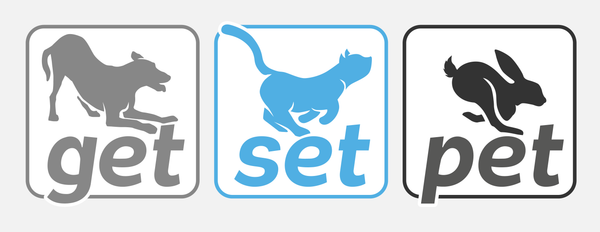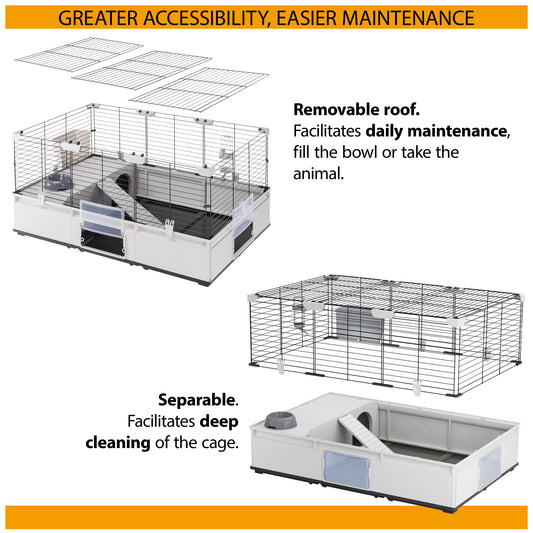Let’s face it, some dogs can be a real pain to feed. No matter what you put down, they are simply not interested, or if they are it's usually only a matter of time before they start turning their nose up. Well don't worry, you are certainly not alone - in fact this is probably the most common dog feeding problem, and for most dogs the remedy is fairly simple.
Fussy or just well trained?
The main thing to remember is that dogs are not naturally fussy animals. They are, however, exceptional learners and they can easily learn to be fussy is given the right reinforcement.
The first time a dog doesn’t finish a meal or refuses food altogether, 9 times out of 10 it’s absolutely nothing to worry about. It might be because he’s feeling a bit under the weather or anxious about something. There may be some problem with that particular batch of dog food that only he can detect or perhaps his overall feeding amounts are a little too high which leads to a general lack of appetite. Under all of these circumstances and more, it’s perfectly normal for a dog to refuse food now an again.
But, of course, nobody likes to see their dog go hungry and for many of us, our natural response is to encourage the dog to eat. This might involve hand feeding, adding tasty additions to the dog food or by rushing out to find a more tantalising diet. And this is where the problems begin.
It all works exactly the same way as basic dog training: Owner says 'sit', dog sits, dog gets treat; owner says 'sit', dog sits, dog gets treat. Keep it going and in no time the dog will learn to sit on command.
With fussy dogs the chain of events is very similar: Owner offers dog food, dog refuses, dog gets dog treat; owner offers dog food, dog refuses, dog gets dog treat. After just a few repetitions, you can successfully train your dog to refuse dog food whenever it is provided. Clever dog.
Breaking the cycle
The key to getting your dog back on track is to remove the association between refusing food and receiving treats. This will require a bit of tough love at first but if you’re strict, it generally doesn’t take long.
Decide on a diet that you know your dog can tolerate well (that is, they have eaten it recently and it didn’t make them ill). Offer that diet alone and only at set meal times. One or two a day will help to build up an appetite between meals. Put the bowl down and anything not eaten within 20 minutes can be taken up.
Above all, DO NOT OFFER ANYTHING ELSE, even if nothing at all gets eaten. Dogs can go without dog food for a up to several days with no ill effects so be prepared to be patient.
Repeat the process at each meal, and keep dog treats between meals down until the fussiness has ceased.
Avoid overfeeding
Make sure you avoid overfeeding. Too much dog food can cause all sorts of issues and can make fussy behaviour much harder to correct. Check out our guide on how much to feed here.
Almost all ‘fussy’ dogs, when managed in this way, will quickly understand that being fussy no longer pays off and will quickly revert to eating their normal meal with gusto.
Adding variety to their diet
And once the fussy behaviour is a thing of the past, you can feel free to start adding variety and dog treats back into the diet. Of course, if and when your dog does again refuse to eat something (which they will almost certainly do sooner or later), take care not to follow up with any ‘treats’ that might start the cycle anew.
Please note that the following advice is for owners of dogs that regularly refuse food with no underlying health problems. If your dog has suddenly lost his appetite or has any health problems you know of, it is always best to consult your vet first.
If you found this interesting, why not read:









